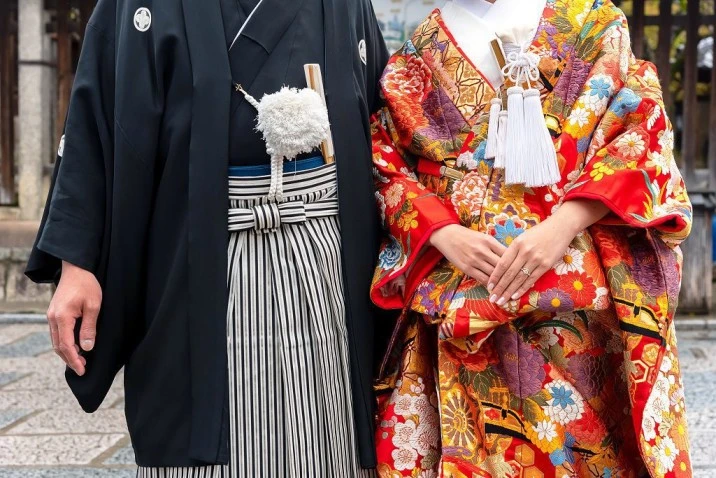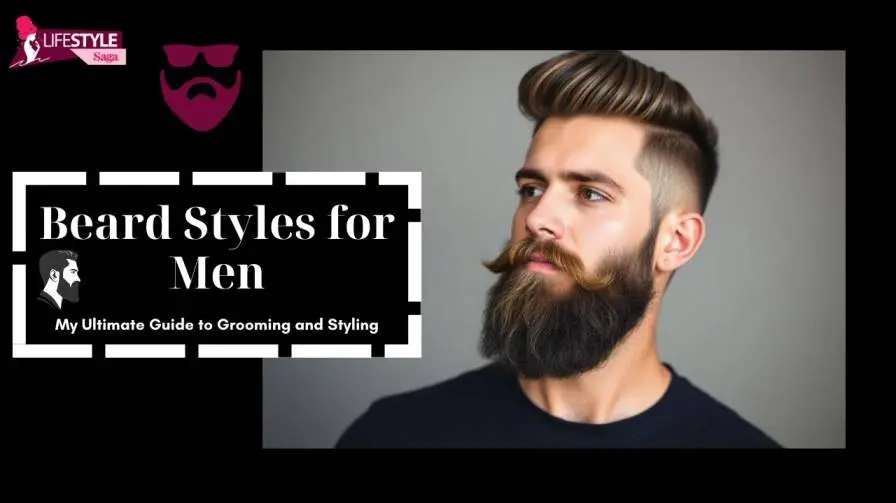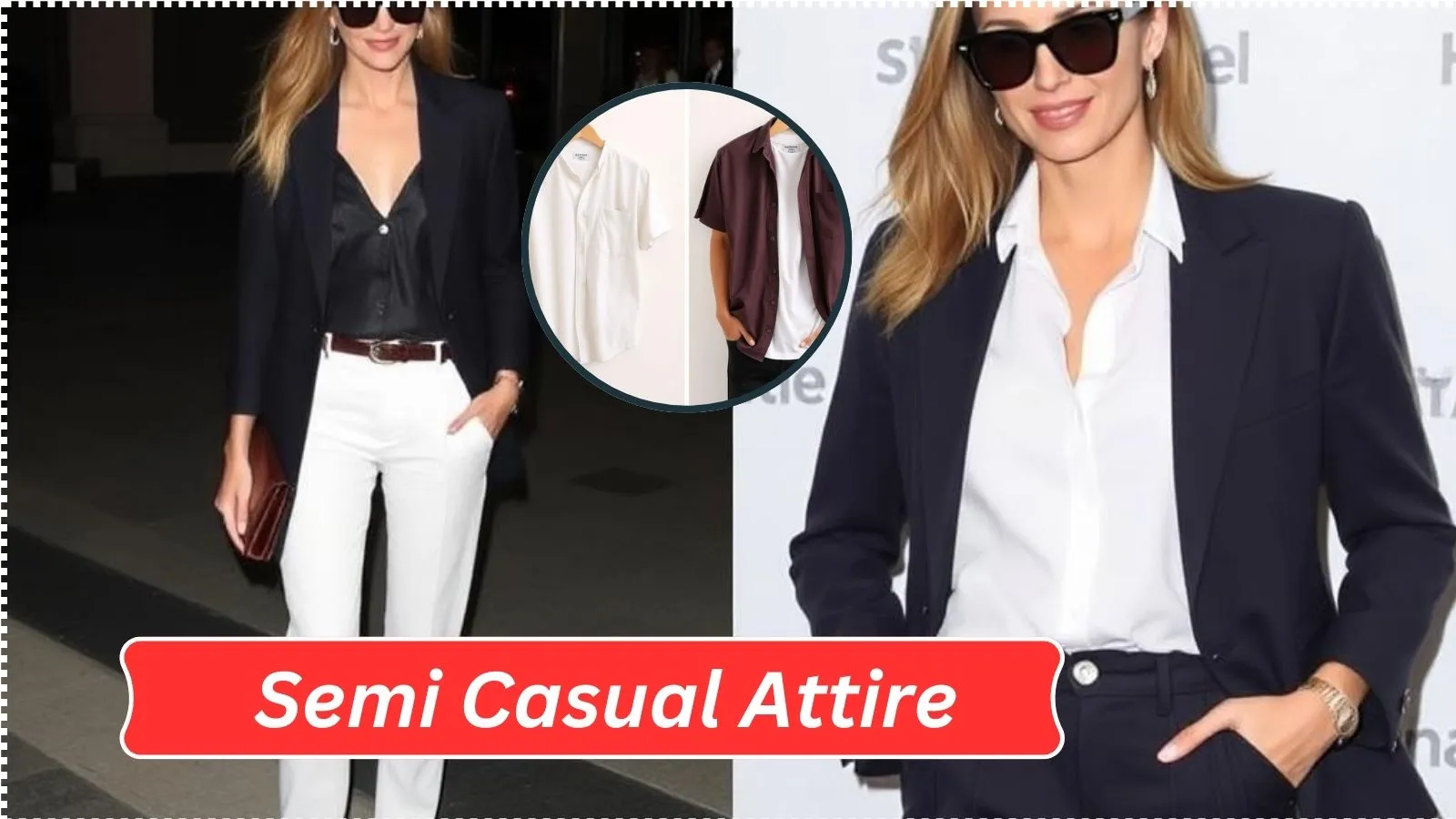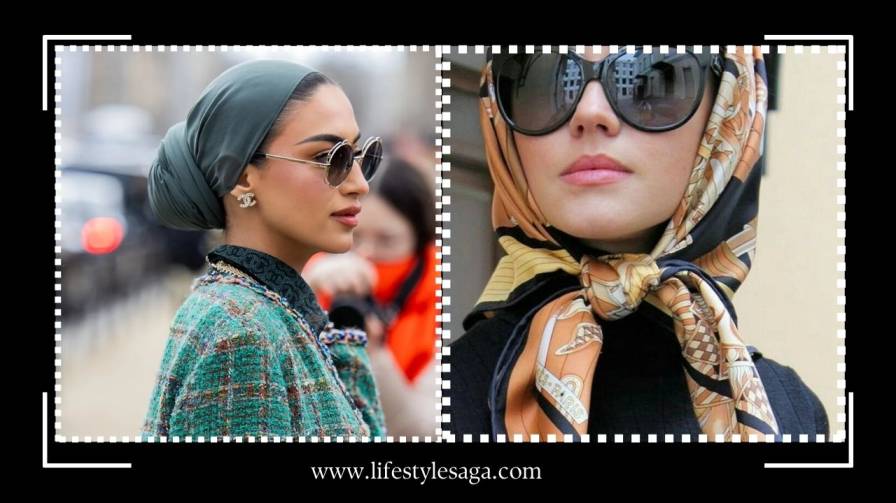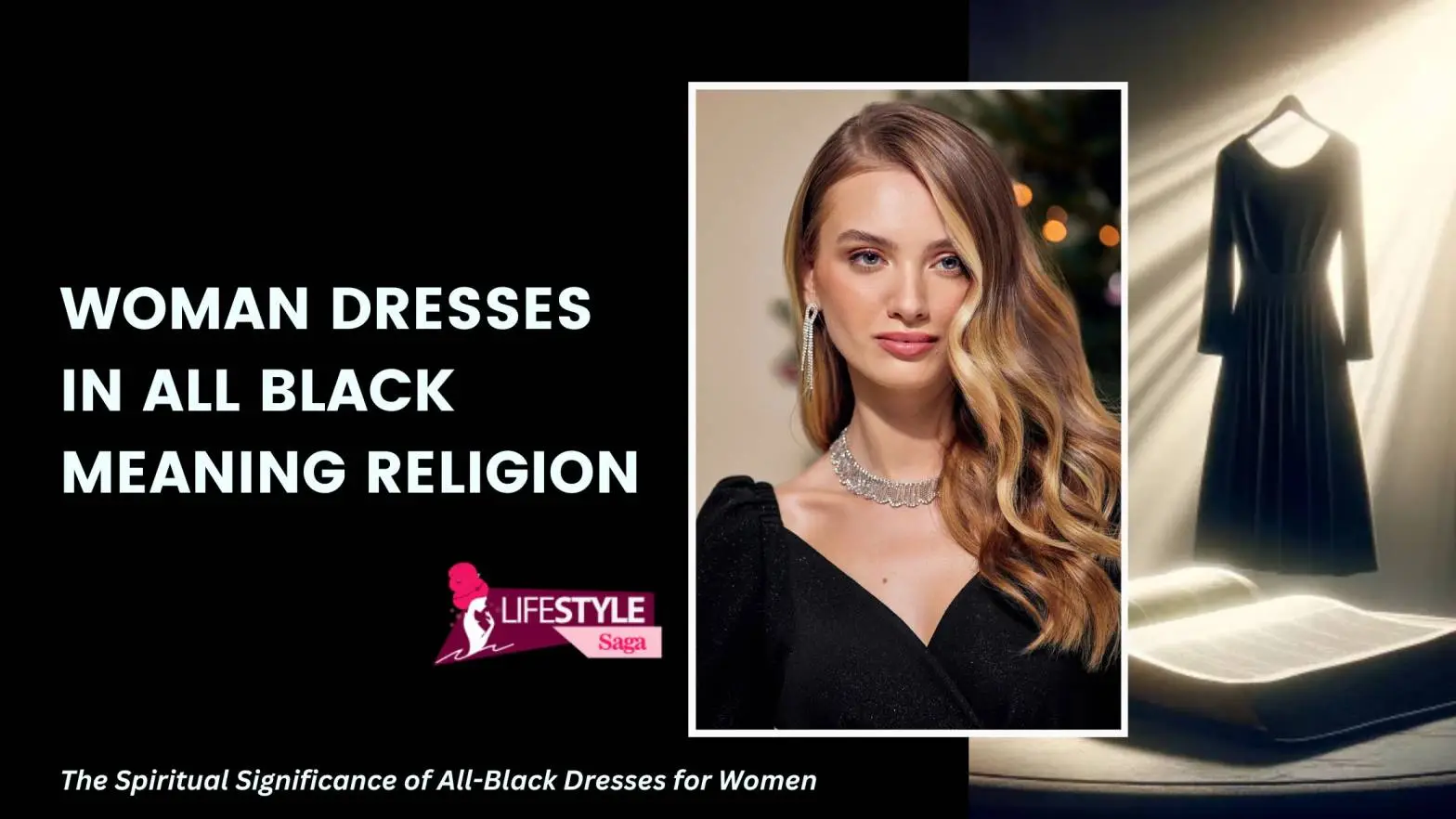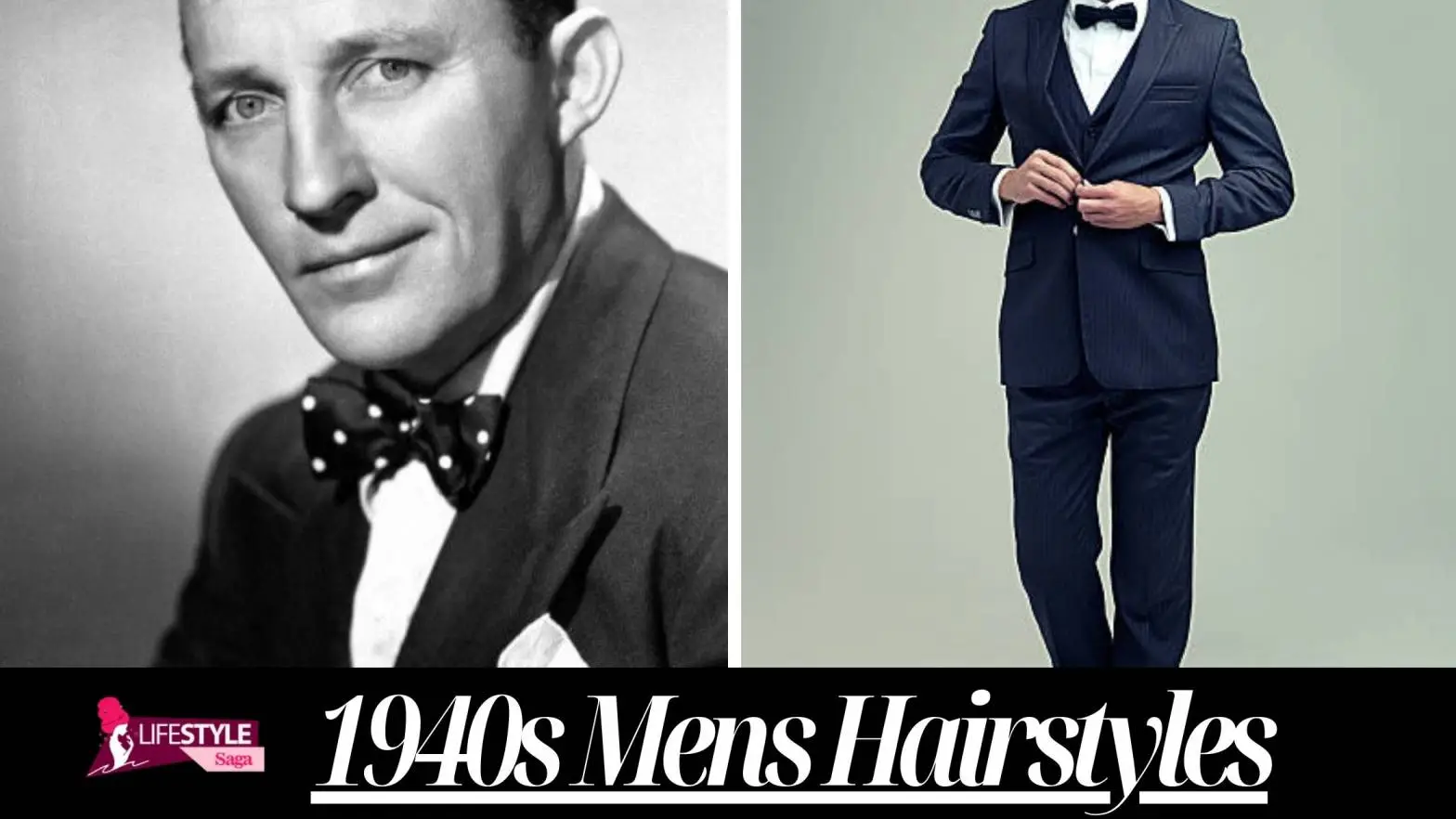Japanese Fashion Styles have always been respected and imitated globally due to its unique and innovative trends. Japanese fashion is renowned for pushing limits and valuing originality. This is seen in everything from the sophisticated and minimalist designs of high-end Japanese designers to the colorful and varied street fashion trends of Harajuku.
Japanese fashion trends are characterized by their ability to effortlessly combine traditional clothing like kimonos and yukatas with modern elements, creating a unique combination of cultural heritage and contemporary aesthetics. Their rich past is anchored in these garments. Japanese Fashion Styles trends never cease to enthrall and excite fashion aficionados throughout the world, whether it's via the avant-garde and experimental styles seen on the runways or the effortlessly stylish ensembles worn by young trendsetters.
What is a Japanese style?
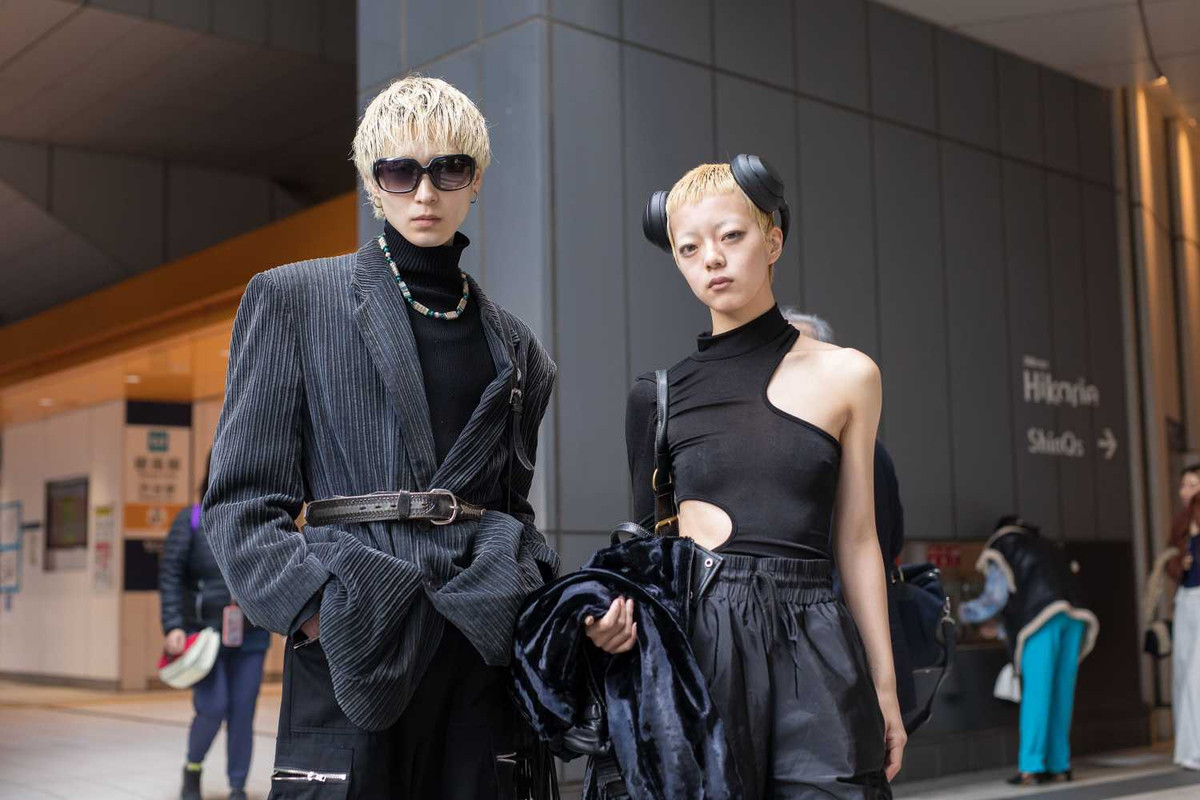
Natural materials, simple lines, and minimalist design concepts are the foundation of contemporary Japanese interior design. You'll notice bare walls, neutral color schemes, and basic, often low, furniture in contemporary Japanese-style homes. Less is more in contemporary Japanese-style dwellings.
Read Also: Very Fashionable Older Italian Men With White Hair
History of Japanese Fashion Styles
The less we can be certain of about the fashions and materials used in ancient Japan, the farther back in time we go. It is believed that in the past, Japanese people, like those in many other nations, manufactured clothing out of furs and animal skins.
8 Popular Japanese Fashion Trends
Lolita Fashion
A subculture known as Japanese Lolita fashion emerged in the 1970s and has since become very well-liked both domestically and abroad. Its doll-like, Victorian-inspired style, which combines aspects of refinement, humility, and sweetness, defines it. Different forms of lolita attire exist, including Gothic, Sweet, Classic, and Punk lolita.
Fashion from Gyaru
Japanese Gyaru fashion first appeared in the 1990s and is linked to the "Gyaru" subculture of young Japanese women. The English word "gal" is the source of the Japanese word "Gyaru," which describes a stylish and fashion-conscious female. This fashion style is distinguished by its eye-catching, colorful, and bold look.
Gyaru's Japanese Fashion Styles are distinguished by a few distinctive elements. The first characteristic is the deep, dark tan, which may be produced using cosmetics bronzing kits, spray tans, or tanning beds. The second characteristic is the long, thick, well groomed hair, which is often highlighted or colored in vibrant hues. A key component of Gyaru fashion is makeup, which often consists of peach or pink-toned blush, colorful contact lenses, thick, black eyeliner, fake lashes, and vivid eye shadow.
Hispanic Style
Mexican-American Chicano street culture is uniquely fused with different japanese fashion styles influences to create Japanese Chicano culture and fashion. It first appeared in the latter half of the 20th century and quickly became well-liked by young people in Japan, especially in cities like Tokyo and Osaka.
Japanese streetwear is combined with traditional Chicano fashion components to create the Japanese Chicano look. It often consists of loose-fitting, big-shouldered t-shirts, track jackets, and loose-fitting jeans. Bandanas are a popular adornment that are often worn around the neck or as headbands. Typically, the apparel is vivid and bright, with motifs and patterns that are reminiscent of graffiti.
Kei Visual
Founded in Japan in the 1980s, Visual Kei is a distinctive and flamboyant fashion and music style. Its striking and dramatic visual aesthetics are paired with a combination of metal, punk, and rock music genres.
Visual Kei bands place equal emphasis on their looks as they do on their music; they often have elaborate makeup routines, colorful hair, and bizarre stage outfits that include platform boots, corsets, frilly blouses, leather, chains, and an abundance of accessories.
Fashion Cosplay
Individuals who dress up as fictitious characters from anime, manga, video games, and movies are part of the prominent japanese fashion style names. Cosplay, which combines the terms "costume" and "play," is more than simply dressing up as a character; it also involves acting out the role with authentic attire, accessories, and makeup.
Cosplayers work hard to replicate every detail of the character's look, down to their attire, haircut, and even their demeanor. In Japan, many people incorporate cosplay attire into their daily lives and it's no longer solely seen at conventions or special occasions. Cosplayers are often seen wandering the streets of Tokyo neighborhoods like Akihabara, dressed as their favorite fictional characters.
Cute Outfits
Kawaii fashion is a term used to describe a popular street style in Japan that places an emphasis on youthfulness, sweetness, and fun. The Japanese word "kawaii" means "cute" or "adorable," and the theme of this fashion trend is to embrace everything adorable and youthful. Kawaii fashion includes haircuts, accessories, and even behavior in addition to clothes.
People that dress in kawaii fashion often wear items with vivid colors and distinctive designs, such as hearts, bows, polka dots, or cartoon characters. Typical clothing items include of flowy dresses, skirts, big sweaters, vibrant tights, and accessories, since they are essential to finishing off the kawaii fashion look. Additionally common is layering, which is the wearing of many garments together to create a distinctive style. While alternatives for footwear might include platform shoes or sneakers with ribbons or designs.
Read Also: A Complete Guide To Hawk Tuah Girl 4th Of July
Mori Kei Style
Its nature-inspired aesthetic may be approximately translated as "Forest Style" or "Forest Trend" by combining the Japanese words mori, which means forest, and kei, which refers to style or trend. Beginning in the early 2010s, young Japanese women began to adopt these fashion trends. Its organic, earthy, and natural components define it.
Mori Kei seeks to create a whimsical, romantic, and nostalgic aesthetic. Loose, flowing, and layered pieces are included; the majority of them are in subdued earth tones like brown, green, and orange. Headbands, braided belts, caps, scarves, and jewelry with natural elements like feathers or wooden beads are common examples of accessories. Adherents of Mori Kei also place a strong emphasis on natural hair and cosmetics. Makeup is usually used sparingly with the goal of looking young and fresh.
Style Wafuku
Considered traditional japanese fashion style names, wafuku fashion describes the kind of clothes and styles that have been worn in Japan for ages. A broad variety of clothing items are included in wafuku, like Japanese kimonos, yukatas, haori, and obi.
Men and women wear kimonos, which are full-length dresses with wrap-around designs and T-shaped sleeves, for special events. Traditionally, they are fashioned of silk and have elaborate patterns and decorations. A looser-fitting, lighter variant of the kimono, yukata is usually worn during the summer or at casual events like parties.
FAQs
Which parts of Japan are famous for fashion?

Ginza is the posh neighborhood in Tokyo known for its opulent, upscale shopping and the location of Dover Street Market. Several blogs and vlogs that promote this upscale retail area as a must-see while visiting Tokyo have caught my attention.
What is Japan famous wear?
Japanese Fashion Styles is among the most recognizable features of the country's rich culture and history. Generally referred to as "kimono," which means "a thing to wear," these clothes are available in a variety of shapes and sizes, each with its own history, significance, and use.
What colors to wear in Japan?
Stow a dark suit in black, dark gray, or dark blue. Steer clear of loud accessories and vibrant colors. Black suits may be a little challenging as they might seem too much like funeral attire when accessorized incorrectly. Because of this, avoid wearing a black tie or white shirt with a black suit.

